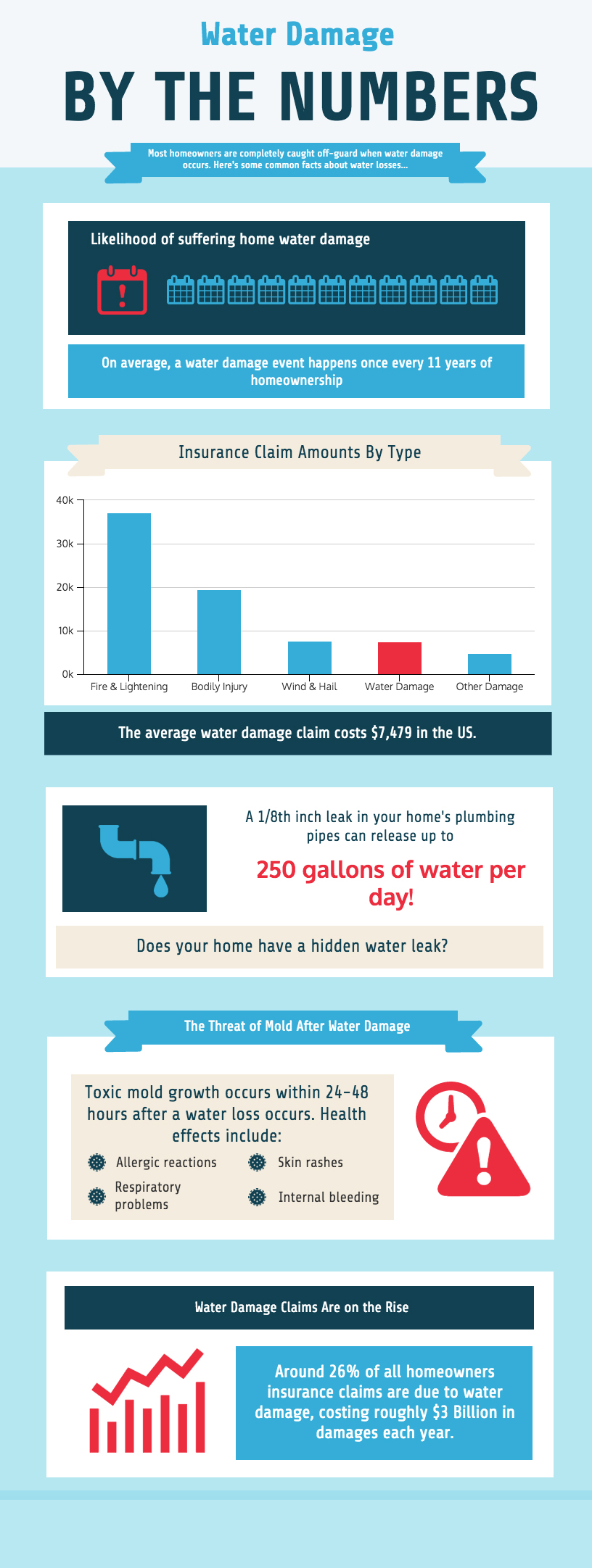Exactly How Climate Issues Forming Roofing Installation: The Most Effective Seasons For A Successful End Result
Exactly How Climate Issues Forming Roofing Installation: The Most Effective Seasons For A Successful End Result
Blog Article
Short Article Author-Terry Drachmann
When it involves roofing setups, the weather can make or break the work. Picture the disappointment of handling products that won't work together as a result of severe heat or fighting slippery surface areas triggered by unforeseen rainfall. Understanding the impact of weather on your roof project is important for a successful result. So, let's explore just how different climate elements can influence the top quality and sturdiness of your roofing system installment, ensuring a job well done.
Influence of Temperature on Roofing Setup
When it comes to roof covering installment, temperature plays a critical role while doing so. The suitable temperature for roof jobs normally drops in between 45 and 85 degrees Fahrenheit. Severe heat can trigger products like shingles to come to be too pliable, causing prospective damage throughout installation. On the other hand, chilly temperatures can make products weak and vulnerable to cracking. It is necessary to set up roofing system installments during moderate temperatures to make certain the best result.
Throughout chillier weather, contractors may require to take additional preventative measures such as using warmed equipment or enabling products to heat up prior to installation.
In contrast, heat may call for job to be done previously or later on in the day to prevent the peak temperature levels. By thinking about the temperature and its impacts on roof covering materials, you can help guarantee an effective setup that will hold up against the elements for many years ahead.
Impact of Rainfall on Roof Projects
Roofing tasks can be considerably impacted by rainfall, impacting both the timeline and the quality of the installment. Rain or snow can produce unsafe conditions, making it unsafe for contractors to service a damp surface area. In addition, moisture can jeopardize the bond of materials like shingles or underlayment, bring about possible leakages or damages in the future.
If it rains during a roof covering project, the water can seep into prone locations, causing hold-ups as the installation staff have to wait for the roof to completely dry prior to continuing. Excessive dampness can likewise advertise the development of mold and mold, additional jeopardizing the honesty of the roof covering.
To stay clear of these concerns, it's suggested to schedule roof covering tasks during drier periods or keep track of the weather forecast closely to prepare around any kind of prospective rainstorms. By taking precautions to operate in beneficial weather conditions, you can make sure a smoother and more effective roofing system setup procedure.
Impact of Wind Rate on Setup Success
Throughout roofing installation, the rate of the wind plays a vital duty in figuring out the success of the project. High wind rates can present substantial obstacles to roofing professionals, possibly leading to safety and security risks and quality issues. When wind speeds surpass suggested limits, it ends up being hard to deal with products, enhancing the danger of accidents and damage to the roof covering products. https://patch.com/florida/lakeland/classifieds/announcements/239578/winter-haven-florida-roofing-contractors-the-experts-in-the-fie can additionally influence the accuracy of measurements and the accuracy needed for correct setup.
To make certain an effective roofing installment, it's essential to keep track of and think about wind speeds. Preferably, roof covering installment ought to occur on days with reduced to modest wind speeds. This not just enhances the security of the employees but likewise improves the total top quality of the installment.
https://connerjdxqk.webbuzzfeed.com/30396185/common-blunders-homeowners-devote-throughout-roofing-system-installation-and-how-to-steer-clear-of-them set up during calm climate condition are more likely to be completed effectively and with fewer errors. By paying attention to wind speed forecasts and planning appropriately, you can aid ensure a smooth and successful roof installation procedure.
Verdict
So, when it comes to roof installment, bear in mind to consider the weather conditions to make certain a successful job. Ideal temperature levels, dry conditions, and modest wind rates are vital elements to focus on for a smooth installation procedure. By scheduling your task during the very best periods and optimal weather conditions, you can attain a long lasting and long-lasting roofing that will protect your home for years to find.
